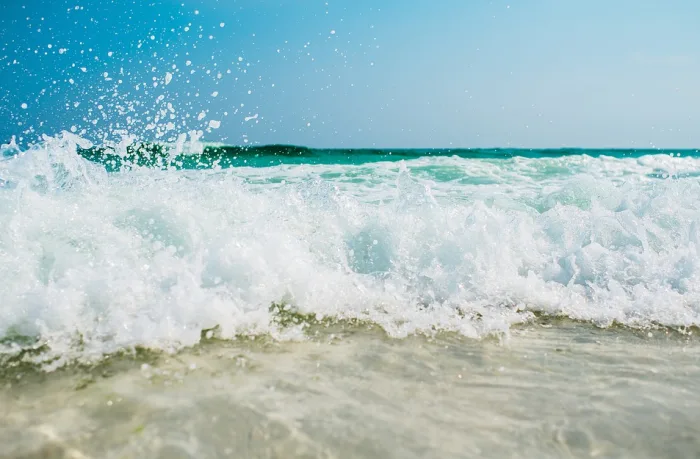
Woman dies of flesh-eating disease after visiting Florida beach
Lynn's family is advocating for better warnings and better instructions to first aid responders.
Florida officials are reminding the public to be vigilant when on public beaches after a 12-year-old contracted a flesh-eating infection after swimming in a public beach, and a grandmother died from a similar infection two weeks after visiting a Coquina beach.
Lynn Fleming died of necrotizing fasciitis, a strain the flesh-eating disease that lives in warm brackish water.
Infection can enter the body through an open wound. Lynn was apparently walking near a seawall and was cut while in the water.
CNN asked health officials if the water is being tested for the presence of necrotizing fasciitis, but were told it's "always present" in the water.
SEE ALSO: Flesh-eating bacteria may be moving north as oceans warm
ABOUT FLESH-EATING BACTERIA
Warmer seawater temperatures in the summer tend to cause an uptick in cases.
It can infect anyone who goes into the water with a wound. Officials say beach-goers should be cautious of rocks.
"You should still enjoy the beach, but that's one of the reasons the lifeguards are blowing their whistles around the rocks," Nancy Lemis, an epidemiologist for the Virginia Department of Health, told USA Today in 2018.
SAFETY PRECAUTIONS
People with open wounds or compromised immune systems shouldn't swim in salt or brackish water. On land, infections can occur from eating raw or undercooked seafood -- especially shellfish. If you discover a wound after visiting the beach, wash the area thoroughly with soap and water. If you start to develop flu-like symptoms shortly after visiting the beach, seek immediate medical care.
Source: CNN Newswire











